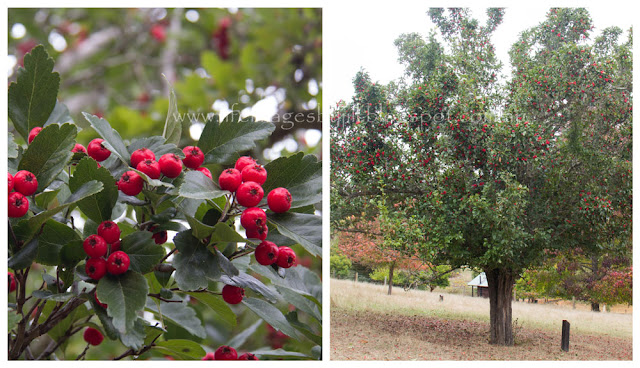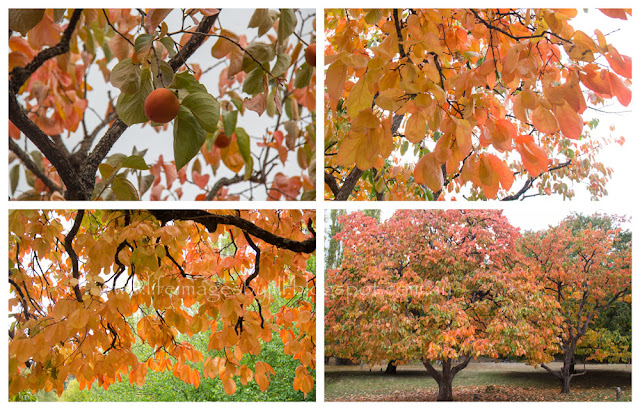In July last year we headed to Cape Leveque on the Dampier Peninsular in the far north of Western Australia. It was an area which we had only briefly visited before in our camper trailer days when the road was dirt, but with the bitumising of the road from Broome to the Cape, it was on our itinery last July to revisit the Cape and go as far north as we could. After languishing in Broome for a few days we couldn't wait to escape the tourist crowds and move on further north. Here is a pic of the road before bitumin and after.
Leaving home on 11 July, and returning on 22 August 2021, we did 8,625 kilometres (5359 miles) from our home in the south west to Cape Leveque, with side trips to other places along the way. Below you can see a map of Western Australia showing our trip via the blue line, and an insert showing Cape Leveque - where the blue line ends at the top of the map.
Settled here over 50,000 years ago, and known as Kooljaman by the local indigenous Bardi people, Cape Leveque is located 208 kilometres from Broome, at the tip of the Dampier Peninsula. It is a land of contrasts where red pindan earth meets clear turquoise water, blue sky, unspoiled white beaches and native woodlands. And spectactular sunrises and sunsets over the ocean.
Our main destination was the Gumbanan campground. But first a one-night stopover at Cygnet Bay Pearl Farm so we could do the Waterfall Reef boat tour. This two hour tour showcases the islands of the Buccaneer Archipelago, locally known as the Thousand Island archipelago. The highlight was seeing the water rushing off the 1.5 kilometre long living fringing reef created by coralline red algae at Tallon Island. So amazing!
This up to twelve metre tidal movement happens twice a day creating the waterfall reef as well as amazing whirlpools. Indigenous people hunt fish, turtle and dugong when the water is about 20cm over the reef at low tide.
Times of the tour change each day depending on the tides. Recommend you book ahead.
Cygnet Bay Pearl Farm is the oldest Australian family owned pearl farm, operating since 1946. There are also pearling, cultural and other water based tours with varied start times according to the tidal movement.
There are caravan sites and safari tent accommodation. Overlooking the swimming pool is a restaurant where you can enjoy local and native ingredients. A great place to cool off and a must for a drink or meal.
Only a couple of kilometres from Cygnet Bay and one and a half kilometres in along a sandy track is Gumbanan Wilderness Retreat our campsite for the next few nights. Gumbanan may be rustic, they do not take bookings, and this is a pick your own spot camp, but there is plenty of space. We were very lucky to secure a part-shaded area with fabulous views over the ocean from which someone had just vacated before we arrived. Perfect! Below you can see our caravan and our view!
In the above photo you can just see the camp at top left.
Gumbanan has been home to the indigenous Davey family for centuries, and was opened to the public in 2005. The family are part of the Bardi Jawi people, known as 'Salt Water People'
Just down from the camp is a large rock fish trap, Mayoorr, which traps fish on the outgoing tide. Originally built by Dino Davey, it has been maintained by the family for over five generations. It was fascinating to see the trap slowly revealed as the tide dropped. At high tide the fish swim in and as the tide recedes the fish are caught here within the rock wall. It really has to be seen to be believed. Remember there is a 10-12 metre tide drop twice a day. Below here you can see the tide in, first pic, and then as it recedes.
At Gumbanan there are cultural tours which will help you learn about Bardi cultural and the environment, reflecting the indigenous values of caring for country. A chance to taste bush tucker, including ngarrangg, mud crabs.
The Staircase to the Moon is a natural phenomenon occurs when the rising yellow-orange globe of the of full moon climbs slowy above the horizon scattering a golden staircase over the exposed tidal flats. It can be experienced two to three days a month between March and October when there is an up to twelve metre drop from high to low tide, the third largest tidal movement in the world. We were so lucky that our stay was timed with the Starircase to the Moon and this and Gumbanan became a highlight of our trip.
You can see the moon rise below here. Those lines under the moon are created by the light reflecting across the mudflats on the low tide. So beautiful.
With views and sunsets like this, and the friendly relaxed atmosphere, Gumbanan became our favourite camping destination of our trip.
MosaicMonday at Letting Go of the Bay Leaf
Sharon's Sovenirs
Our World Tuesday
Pictorial Tuesday
ThroughMy Lens
Image-in-ing
My corner of the world through my camera
Wednesday Around the World at Communal Global hosted by Randomosity.
and Little bird - Pienilintu
Thankful Thursday
Welcome to Nature Thursday






































